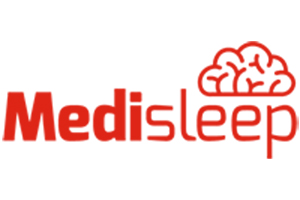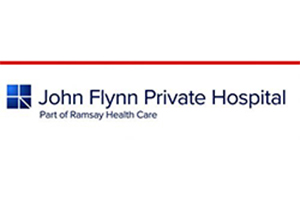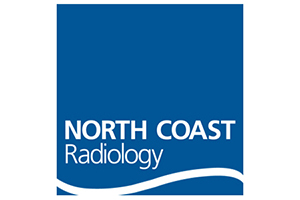These days, wherever you go, those not looking at a smartphone are the ones who stand out.
It’s almost 13 years since Steve Jobs popularised the internet communicator. It’s a phone, an internet browser and an iPod but these days it’s all this and so much more. These devices, along with tablets and laptops, have changed the way we live and work. Keeping in touch with family and friends, shopping, education and entertainment have changed immeasurably in just over a decade.
Some even rely on their phone for medical care.
While these devices are a million times more powerful than the computer in Apollo 11, their main function is to connect to even more powerful, remote “cloud” computers.
In the last five years the familiar desktops of the early 2000s are being replaced by these lightweight devices. No longer is data stored in onsite computers but is increasingly being moved to platforms provided by cloud server companies.
The advantages for organisations both large and small are several. Using products like Google’s G Suite and Amazon’s AWS gives companies a competitive advantage over their rivals.
Cloud services are usually purchased on a subscription basis. Depending on the product software updates can be installed automatically and backups occur in real time without local IT support staff intervention. Technical staff no longer need to worry about the vagaries of maintaining server hardware.
Data security can be improved by forcing users to use two factor authentication. Staying current is also much easier since users can share the latest versions of their files. This makes collaboration much simpler. Versioning systems even allow effortless rollback to a previous point in time if errors are made or changes are not accepted on review.
Since many of the IT tasks - formerly the responsibility of onsite staff - shift to the cloud provider, IT support costs can shrink by between 15% and 20%.
Adding and removing a user’s cloud “virtual machine” is an easy task for the local IT administrator. This is ideal for companies where employees or outside contractors come and go frequently. The virtual machine can have all the required software for each type of user pre-installed and the virtual machines can be activated within a few minutes.
The North Coast Primary Health Network is currently transitioning to a cloud computing environment using Microsoft’s Azure suite. The process is expected to be completed by late October 2019.
The new approach is a much better fit for the NCPHN. External contractors and staff can be engaged on short term contracts and their access can be restricted to only those features and files they need to complete their work.
It also gives the PHN the ability to extract the best performance and value from its staff and contractors as it commissions organisations to address the Department’s and local area’s shifting health priorities.
Our lives have changed significantly in the 12 years since Steve Jobs first peaked into the future. Technology has once again allowed us to do more for less. In the new competitive world of health service delivery the successful organisation will reach for the cloud.
















